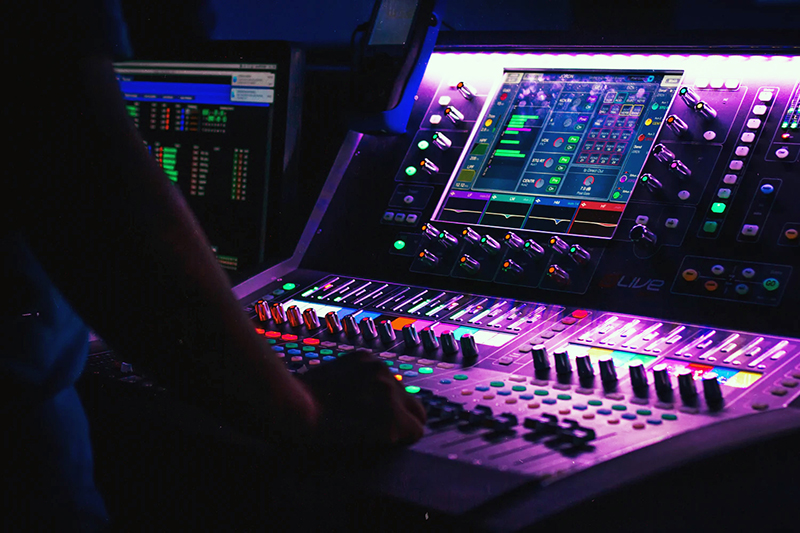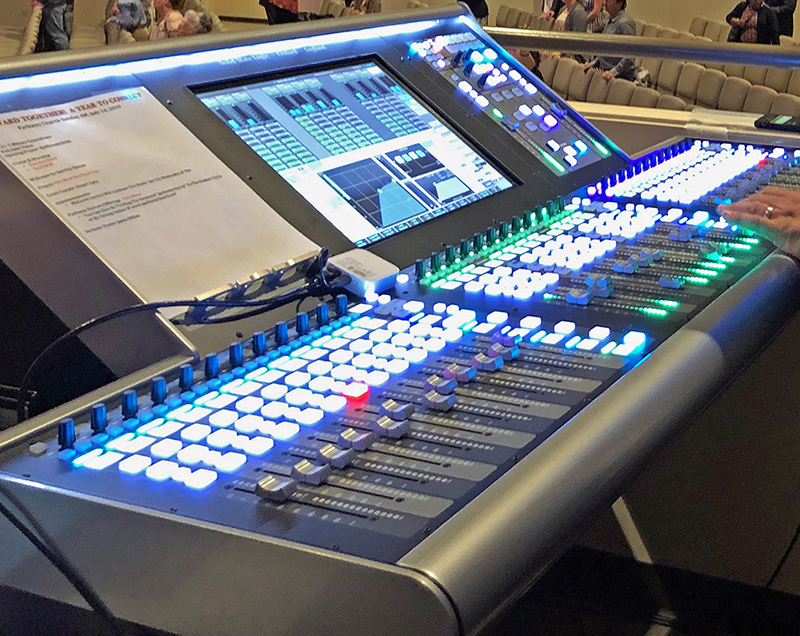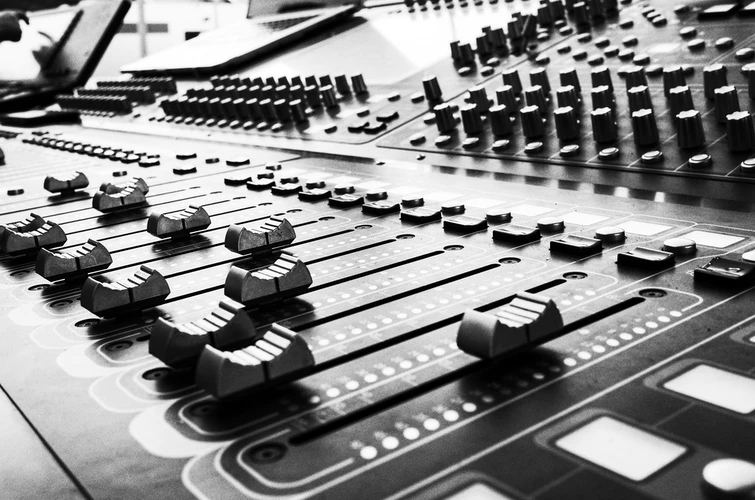Two of the most common questions I receive during private lessons in my “Guerrilla Mixing” course are “What’s the best console?” and “What console should I buy?” The subsequent conversations reveal that the answers to these questions actually mean different things to different people.
With that in mind, here are factors that determine why I prefer to work with particular consoles. However, they can be summed up pretty simply: The best console is the right one for the job.
In other words, there is no single definitive answer. Different consoles are made with different applications in mind, and many cover a rather specific segment of live audio. True, a single console might cover the majority of applications, but it certainly wouldn’t be the optimal choice for every event. Broadcast has completely different demands than musical theatre, which is quite removed from classical concerts, and so on.
Even within a manufacturer’s product line there are usually models designed and more heavily promoted for one primary segment, due to specific functionalities either on the software side or the actual hardware itself. However, there are some common questions and considerations to keep in mind when deciding which console to employ for a given job at hand, provided you have more than one option available.
Reliability
Mixing consoles are machines (or to say more specifically with respect to digital boards: computers with dedicated interfaces), and as such they eventually break down and/or show signs of developing their own personalities (usually those personalities are fickle and stubborn and tend to rear their ugly heads right before a show).
A console installed in a venue might be have issues with proper ventilation or various operators bringing their session files on suspicious drives. If used for touring, there are a number of adversities to be endured – load-ins/load-outs, transportation, rapid changes in temperatures and humidity, dust, power surges, accidental liquid spills – in fact, sometimes it is a small miracle they can withstand all the cruel conditions we tend to expose them to.

Not only that, but they have to interface with stagebox units, other consoles, various networks and remote access, which provides additional potential points of failure. I can’t even count the times I thought there were issues with a console that turned out to be a bad cable or a stagebox gone haywire.
Many manufacturers design equipment with robustness in mind – it doesn’t matter in what order the devices are plugged in or turned on, they just work. However, others can be quite demanding on the operator to adhere to a specific order of operations. Further, some models might be designed to withstand higher differences in temperature while others are more conscientious about dust management.
These factors must always be accounted for. You can’t operate a summer festival show in the August heat if the system components might not work in that environment. For me, the number one mark of a great console is its reliability during the most demanding conditions. It’s more important than the sound, user interface, the network protocol – I need a mix system that gives me the best chance of successfully finishing the show.
Sufficient I/O & Compact Footprint
You can have a favorite console at your disposal but if it can’t meet all I/O demands, then it’s not right for the job. A console must be able to meet all input and output needs, as well as a bit of additional “wiggle room.”
Even on tours carrying their own gear, working with the same artist for a longer period of time, somewhere down the line there might be a demand to accommodate a special guest star appearance or a recording session of a live show. If a console doesn’t allow for these types of additions, well, you’ll have to find a replacement and reprogram the entire show (burdening yourself with additional work and the production with additional cost), or tell management it can’t be done – which, in turn, could potentially mean you’ll be looking for a new employer.

However, it also works in the opposite direction – overkill can be just as bad. If you’re certain the performer needs 24 inputs and the entire show can be handled with 32 inputs, it’s best not to carry a large-format console with the ability to manage 192 channels. Considering the appropriate footprint can score huge points with the production and management team, organizers, smaller venues, and so on. Remember, every seat sold in the house counts. A decision that means two more tickets are available at every show because of reduced real estate at front of house world is a desirable outcome. After all, those sold seats help pay for your fee as well.















